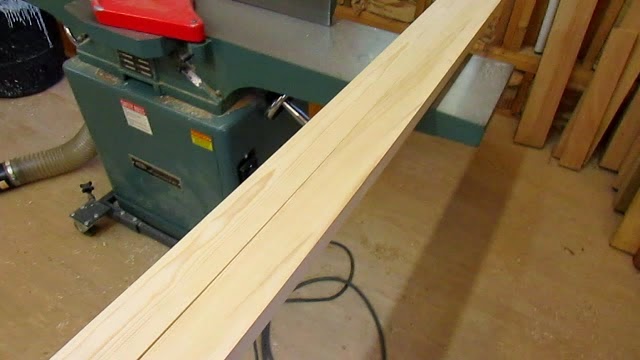In the last post, I had finished one side and they were ready for drilling. I set up a fence on my drill press table, clamped the assembled joint to the fence and centered a 1/4 inch bradpoint bit on the centerpoint of the circular joint.
I drilled halfway through the joint. Then turned it over and centered it again. I did not have to adjust the fence again.
Then I repeated the drilling again.
While it was still clamped I drove a 1/4 inch steel pin into the joint. Sorry, not a wooden pin like the old guys would have used. I think the steel pin will last longer.
Then is tested the joint and it was pretty stiff, which meant that the knuckles were binding. So, I sanded off the points which were rubbing. I was easy to see since the wood would get shinny where it was binding. After a few minutes it was moving freely.
Then I took it apart and began to work on the other side. I matched and sawed the other knuckles.
I made a small dowel which is 1 1/4 inch round. This matches the size of the hinge knuckles. It helped me determine when the recesses were deep enough. It saved time.
Once the recesses were carved... And that is a lot of work since it is end grain. I was ready to fit the hinge which went together much easier than the first. I repeated the drilling process like the first one.
This side does not squeak.
The knuckle joint is complete for the moment. Still needs a little sanding to eliminate the squeak on the first one.
Now to cut the tenons for the legs.
Here is today's video:































